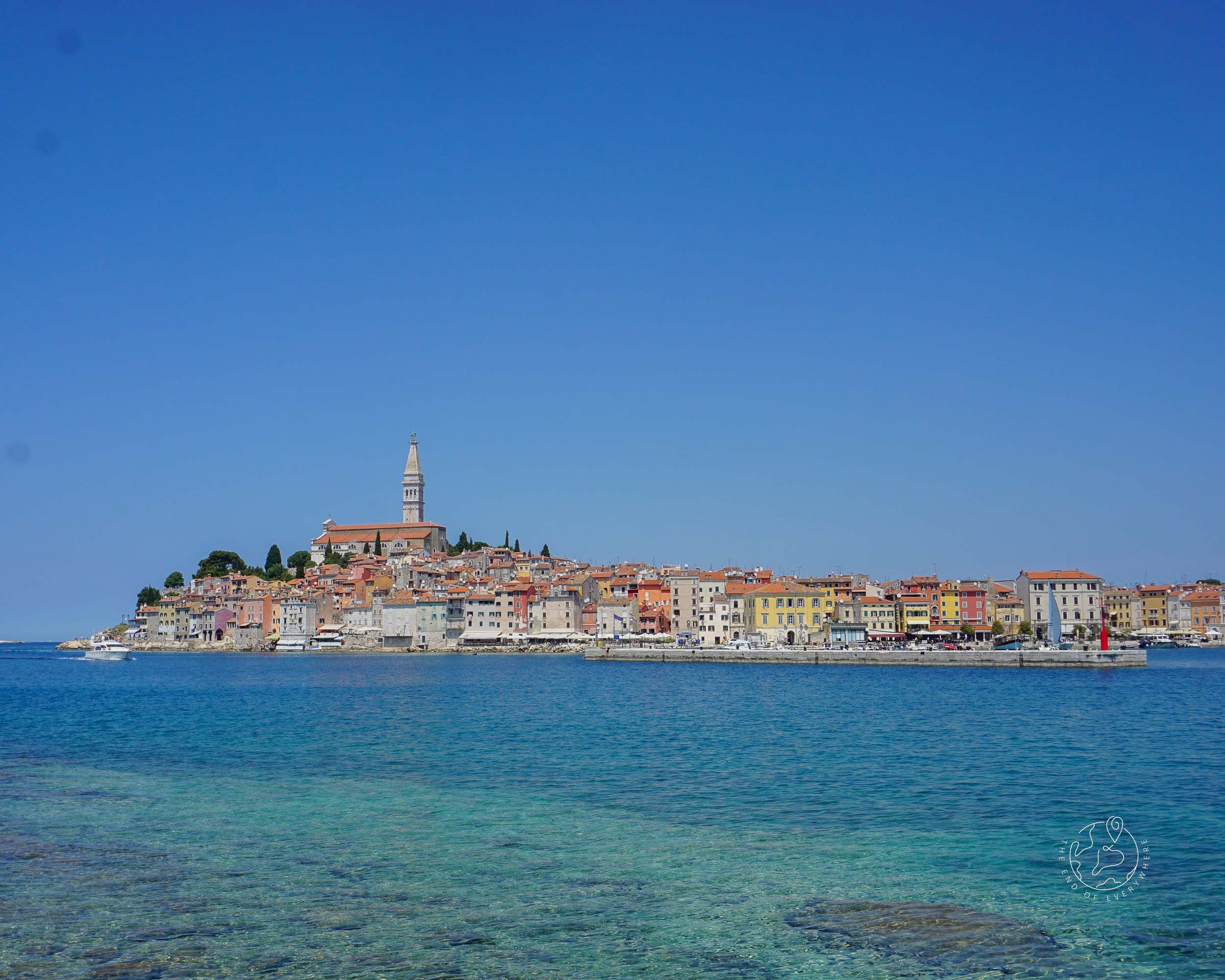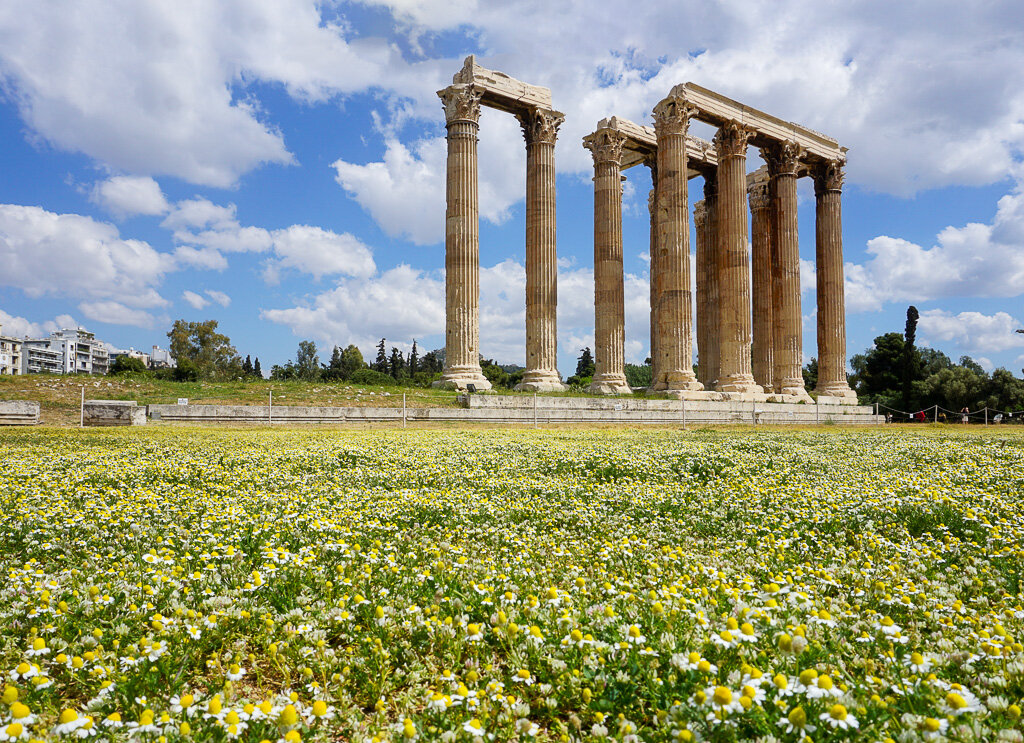How to Spend a Long Weekend in Athens: Top 5 Things to Do
It’s hard not to feel over-awed by Athens. You’ve heard the plaudits; one of the world’s oldest cities, the birthplace of democracy, the founding place of western civilisation as we know it.
The home of Aristotle, Plato and the culture that has shaped our lives. The Greek capital draws visitors from around the world to celebrate its epic heritage.
Why visit Athens?
This is the city shaped by myths and legends. It is something special to see the sites of those stories and to walk amongst them as if in the pages of a book. It is also fascinating to see modern life being carried out between these ancient landmarks; buzzing squares with bars and restaurants nestled amongst Byzantine churches, commuters in their office attire strolling past centuries old landmarks and ruins. Every statue has a story to lose yourself in. If there’s a place in the world where past and present meet, it is surely here.
I felt overwhelmed when trying to plan a long weekend in Athens, a trip I was taking my parents on so had to consider their interests, too. It wasn’t too hard; I get my geekiness for history from my Dad, so he was just as excited as I was. When researching our trip I remember a specific blog I read - 50 things to do in Athens. Fifty?! Heracles himself couldn’t tick that lot off in a long weekend! Whilst no city can be distilled into a tick list, I’ve collected some of the most memorable moments from our trip which I think visitors of all ages and interests will appreciate.
1) Good Views and Green Spaces: Philopappos Hill, National Gardens & Lycabettus Hill
Our first act when in the city was to climb Philopappos Hill. Yes, the ancient citadel of the Acropolis looms over the city and is visible from almost everywhere, but the best view of the city’s most famous monument surely has to be from here.
As the golden hour approached, we avoided the temptation to walk up towards the most famous Athenian landmark, and instead turned the opposite way, climbing a gentle path lined with pine and olive trees.
The walk was a gentle uphill with some stepped areas - nothing too challenging. Every now and then the Acropolis would peek through the trees, until we came to a clearing that would rival any skyscraper viewing tower. This was undoubtedly the best view of the Acropolis we saw over our time in the city - it was as if nature had sprung up this hill to set up the perfect insta shot.
We continued walking up to the Philopappos monument at the top of the hill where we were greeted with a view out to the Pireaus port. As the sun slowly sunk in the sky, we made our way down the slope and back into the city.
The National Gardens are another beautiful green space where you can take the weight off your feet. It is essential to find some shade from the scorching summer heat in the middle of a day of sight-seeing - preferably with an ice-cream. We found a relaxing spot beneath the shade of a lemon tree to rest and read a book for an hour or so.
Coincidentally, we rounded off our trip in Athens in a similar way to how we started - climbing a big hill. This time Lycabettus Hill, the highest point in the city. Ok so we didn’t actually climb it, but instead we got a cable car to the top and walked back down.
But even so, there are a fair few steps to climb up to the ticket office. At the top there are, of course, sweeping views of Athens. There is also a church you can walk around, and a restaurant with terrace. We sat here and enjoyed a few drinks, toasting a successful city break.
2) Visit The Acropolis… and pick two or three other Ancient Sites
The problem with world famous sites is that they quite often don’t live up to the hype. You read about them, you see pictures and videos, pour over guidebooks and when you get there… well, it’s not like the picture. Except, with the Acropolis, it kind of is.
It’s difficult not to be awe-struck by this classical icon which - even amongst the sprawling urban landscape that has emerged beneath it - still dominates the Athenian skyline.
If you go without a guide, it’s useful to have some information either in a guidebook or downloaded audio guide that will help you understand the sites around the hilltop, as there are many stories to learn and uncover. My Dad told me about Lord Elgin transporting Parthenon statues back to Britain, and to this day they are on display in the British Museum - a contested acquisition (what we referred to at the time as ‘Museum Beef’).
To briefly back up with the guide books tell you - yes, you should get up early and go when the site opens at 8am. You’ll be at the top and have a bit of time to walk around before the guided tour groups arrive. And yes, you should buy the combined ticket - it unlocks some other ancient wonders that are all worth seeing, but on a five day trip we only had time for three: the Roman Agora, the Ancient Agora and the Olympieion.
The Roman influence can easily be overlooked in the Greek Capital, which is one of the reasons I found it so interesting. On the way in there is a plaque that lists Augusts and Julius Caesar as donors to the construction of the area - big names. This would have been the centre of the Roman activity in the city - mainly a marketplace, with shops and other commercial buildings.
The Ancient Agora is one of the most complete examples of what the centre of Greek life would have looked like - it is here that people would have met to socialise and discuss issues of the day. My final word on ancient sites is the Temple of Olympian Zeus. It is, quite frankly, massive. And you can’t really appreciate how massive it is until you are standing next to one of the towering columns. 16 remain standing out of an original 104, but it is clear from the ruins how grand and important this temple was.
Wondering round these ancient sites isn’t too taxing and you can absorb as much information as you want to - look through a guide book or just drink in the atmosphere.
In a place like Athens, even the keenest history-buff gets what I like to call ‘museum fatigue.’ When almost every street has a historically significant monument on it, it is easy to stop appreciating the sheer awesome-ness of what is in front of you. My advice is to pick one or two museums at most that align with your interests. Us history buffs chose the Acropolis Museum, for essential context of what you view up on the hill (and almost everywhere else in the city); and the Athens War Museum, which covers everything from the Trojan War to the Greek resistance against the Nazis.
3) Wonder aimlessly through Anafinotika and Plaka
Every good trip should have time carved out for a wonder; to see what you find, wherever your feet lead you. When you’re not strolling through ancient monuments, it’s hard to know where best to do this in Athens - it is a sprawling urban city, with packed streets and lots of traffic. But in the centre of it all, right under the nose of the Acropolis, is Plaka.
This is the ancient district that the modern city was built around. In this area you’ll find charming, winding streets opening out into green squares. Souvenir shops and handcrafted goods for sale, with pavement stalls calling to you to spend your holiday money. And never far away is the gentle hum of music floating out of restaurants and bars, inviting you to stop.
Located within Plaka is a district in a district. Anafinotika. The area is named after the workers and craftsmen that settled here from the Cycladic island of Anafi, who built their little village in the style of the Cycladic architecture they knew: white-washed houses with bright doors and shutters, bougainvillea and potted plants adding splashed of colour. It’s impossible not to feel an island vibe when walking around the narrow streets of this picturesque neighbourhood.
4) Big fat Greek feasting
Being on holiday is the only time I am ever enthusiastic to wake up early, and it’s for one simple reason: I can fit another meal into the day. Breakfast, 2 light lunches and a big dinner is standard holiday behaviour, and Athens is one of the places where I enjoyed this the most.
Firstly, I’ll start with olives. They can be divisive, but I am not interested in hearing from olive-haters. To detract from me seeming greedy too early, I’ll start with some history. The olive tree has a place in the myth of the founding of Athens. When King Cecrops wanted to appoint a patron deity to protect the city, a contest broke out between Athena, goddess of wisdom, and Posiedon, god of the sea. It was decided, to settle the argument, that whoever could produce the best gift for the people would have the city named in their honour.
Poseidon went first, striking his trident into the ground and producing a spring of salt water. Athena then knelt down and planted an olive branch in the ground, from which grew the city’s first olive tree. She was declared the winner, and the olive tree and its natural materials permeate through Greek life and culture to this day, from the laurels that decorate victorious athletes, the wood to build shelters, oil as fuel and, of course, the fruit. I still see those big, fat, juicy, salty greek olives in my dreams. If I had to choose, the Kalamata black olives are the ones I’m taking to a desert island with me.
Before my Athenian adventure I am shamed to admit that Feta was something I had rarely, sprinkled onto salads and not much else. Discovering baked feta was a revelation. Oozing soft cheese roasted with tomatoes and peppers, swimming in tomato juice and drizzled in sweet honey and olive oil. That sweet and salty combination was perfect for dunking bread - or literally anything - into.
I think of Greek food as stereotypically quite meaty, and we did enjoy plenty of moussaka, kebabs and souvlaki - always served with fresh and colourful salads. But the one thing we couldn’t stop going back to was one of our lunchtime treats… gyros. We would pick these street food classics whilst walking around the city and devour them hungrily. Every time we found perfectly flavoured chicken or pork pieces in soft, fluffy bread, doused in refreshing tzatziki and crunchy salad. It’s the ideal sight-seeing fuel.
It would be wrong to finish this section without mentioning the drink that served as our nightcap every night - a glass of ouzo. It’s definitely one to sip! Perhaps it was the Greek spirit in us on holiday that made it taste palatable, or maybe it doesn’t travel well, but three years later I still have half a bottle I picked up in the airport left over in a kitchen cupboard.
5) The Changing of The Guard
Head to the Presidential Mansion on Syntagma Square and watch the changing of the guard which occurs on the hour, every hour. Day or night, rain or shine, these guards stand perfectly still at their post guarding the Tomb of the Unknown Soldier. Each hour there is a ceremony that is actually quite beautiful to watch - half militaristic, half artistic dance, it hard to know what to make of it, but I know I’m glad I saw it.
Related Content
Pin this blog post to read later…


























